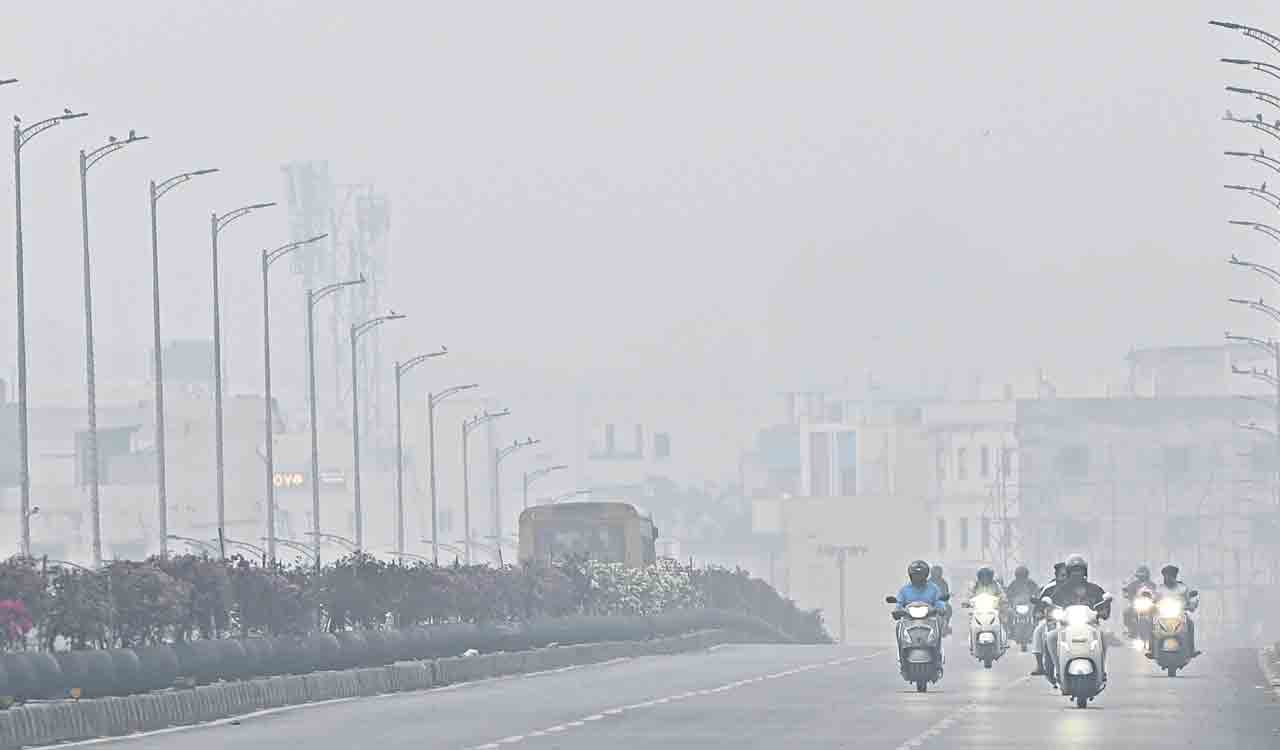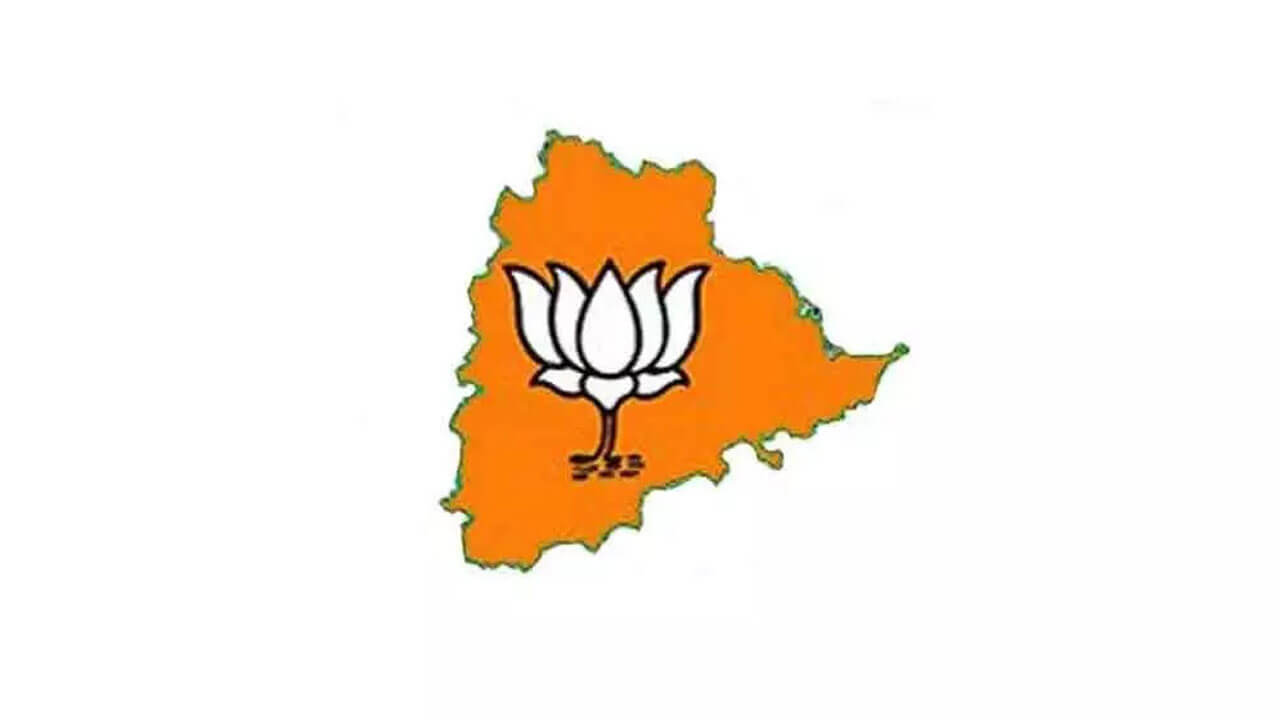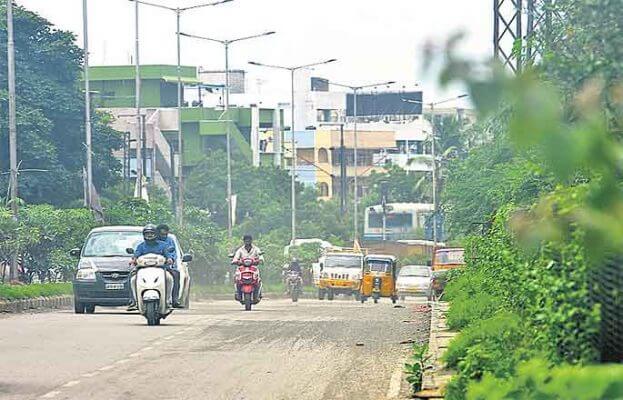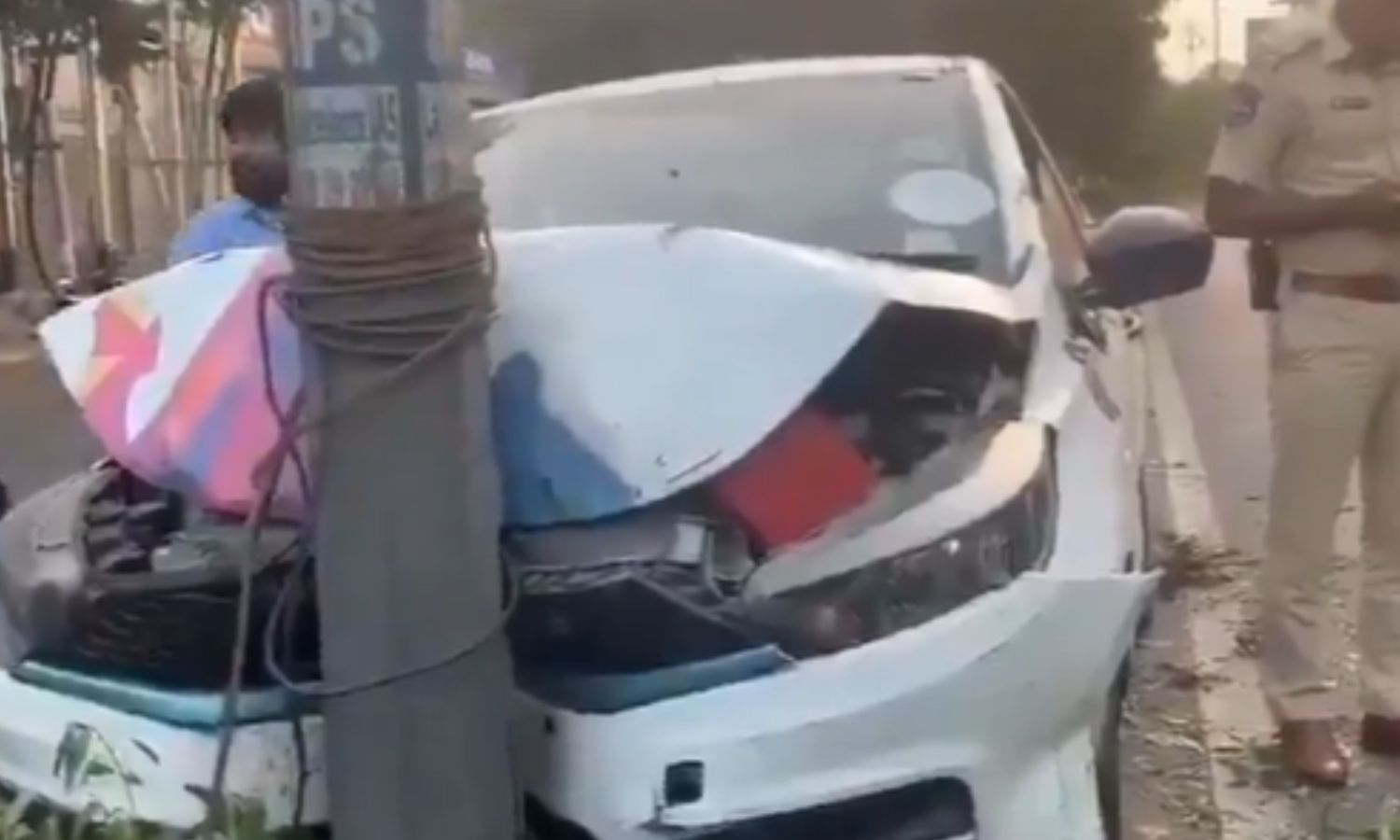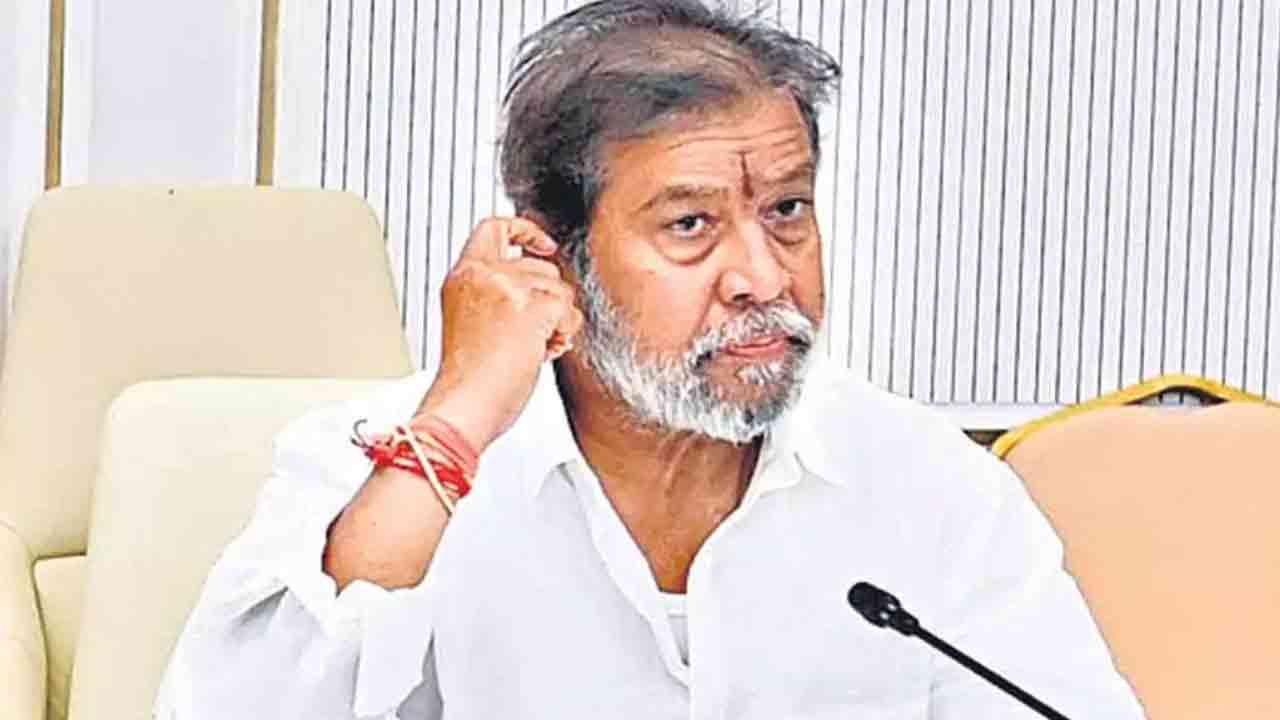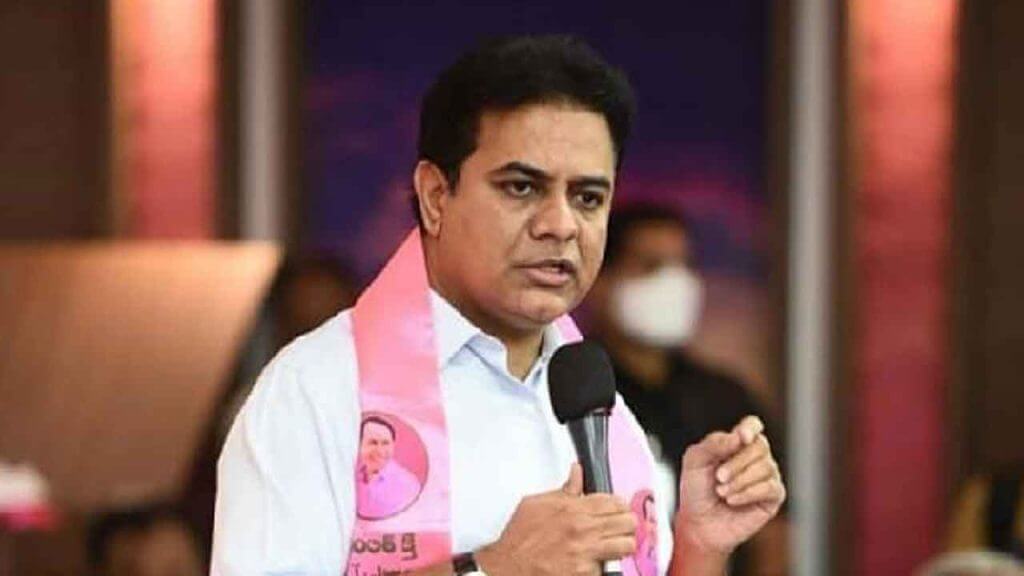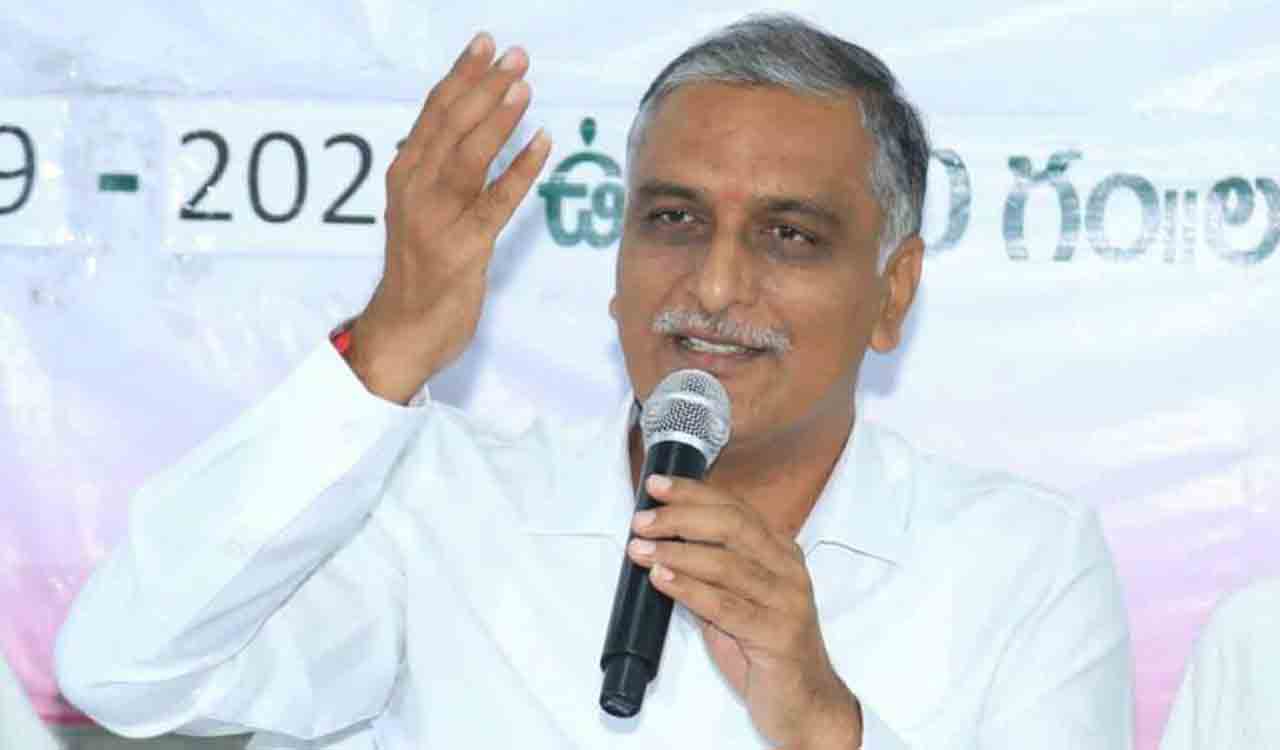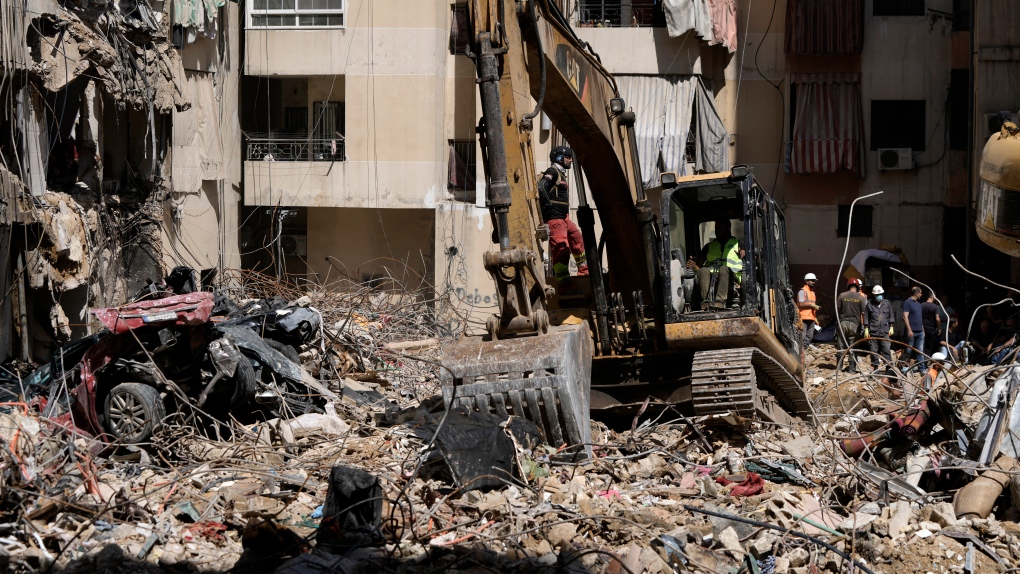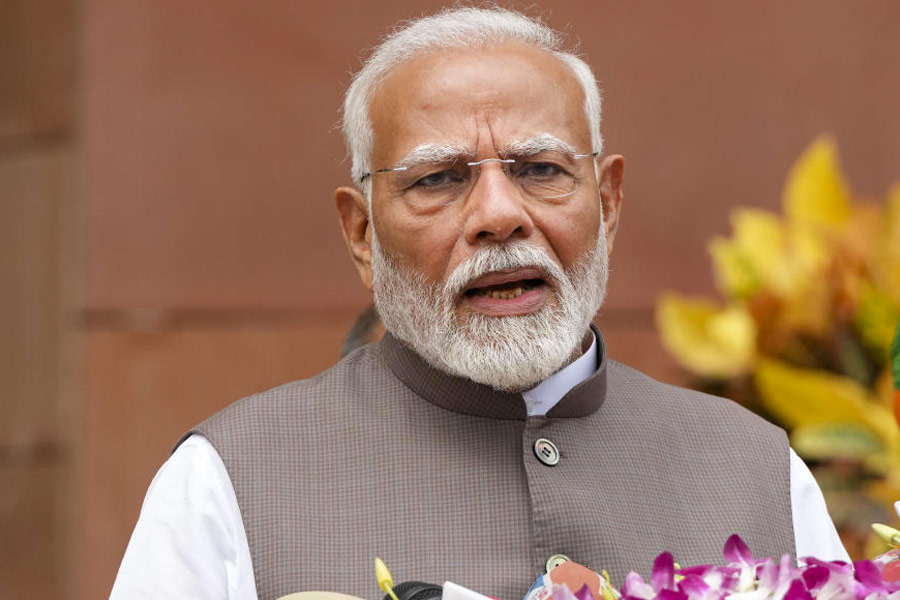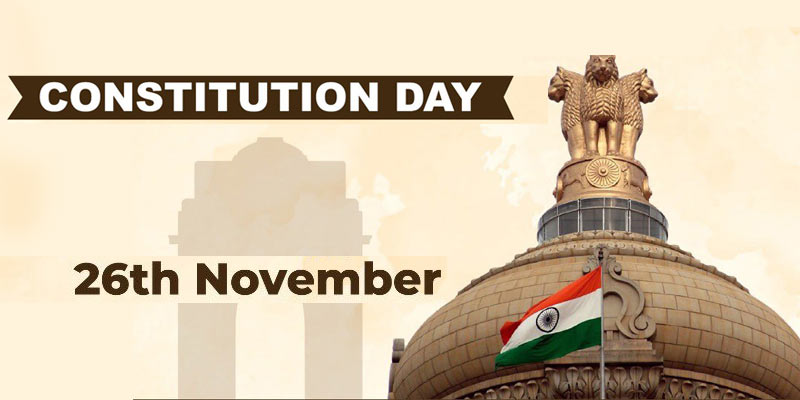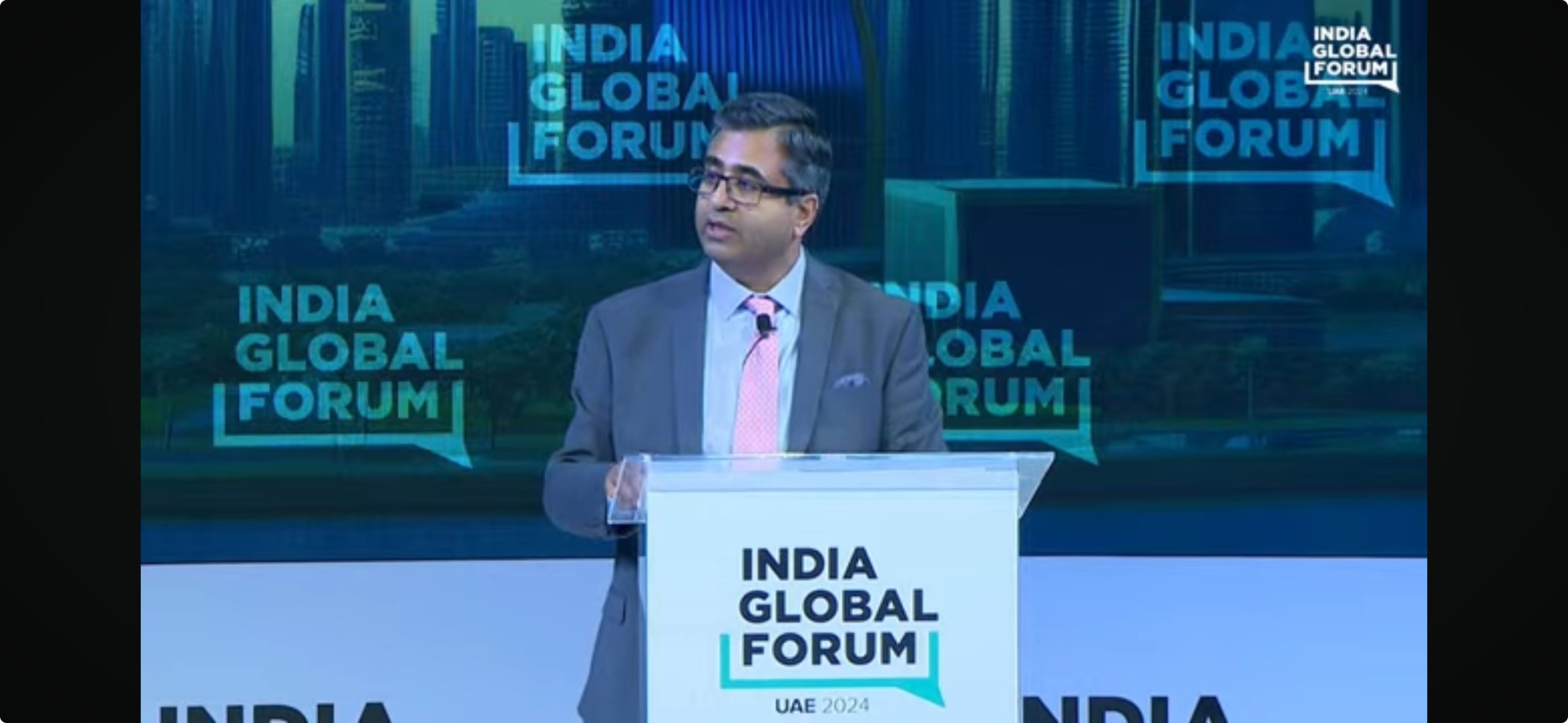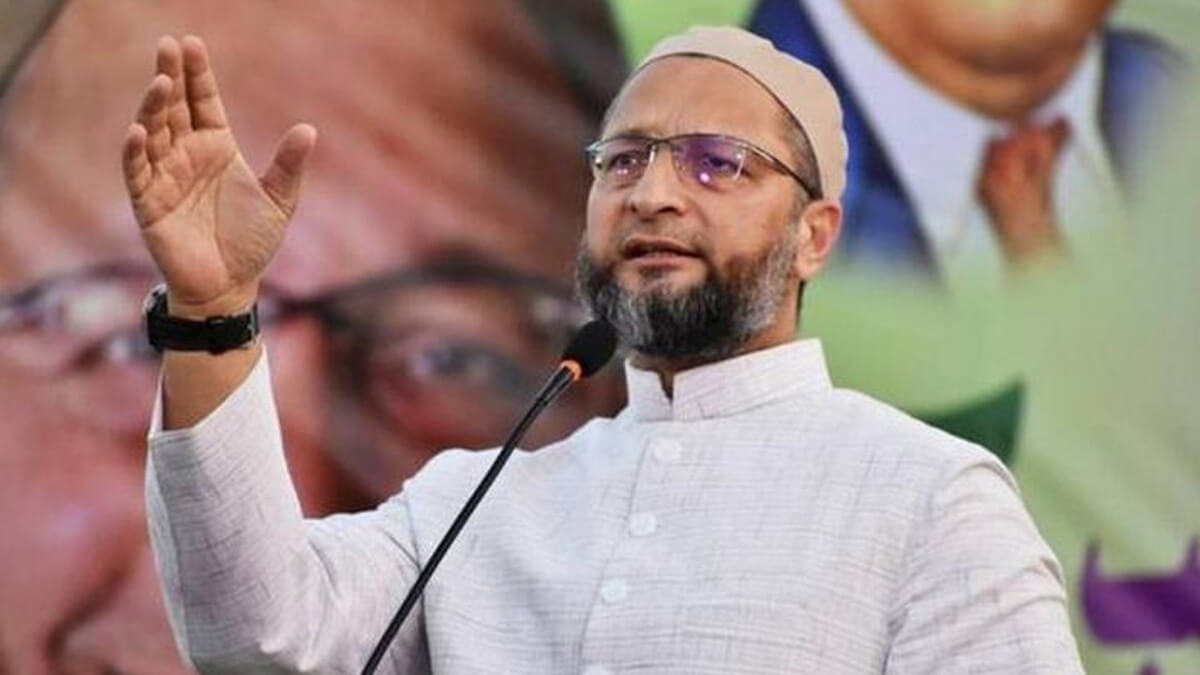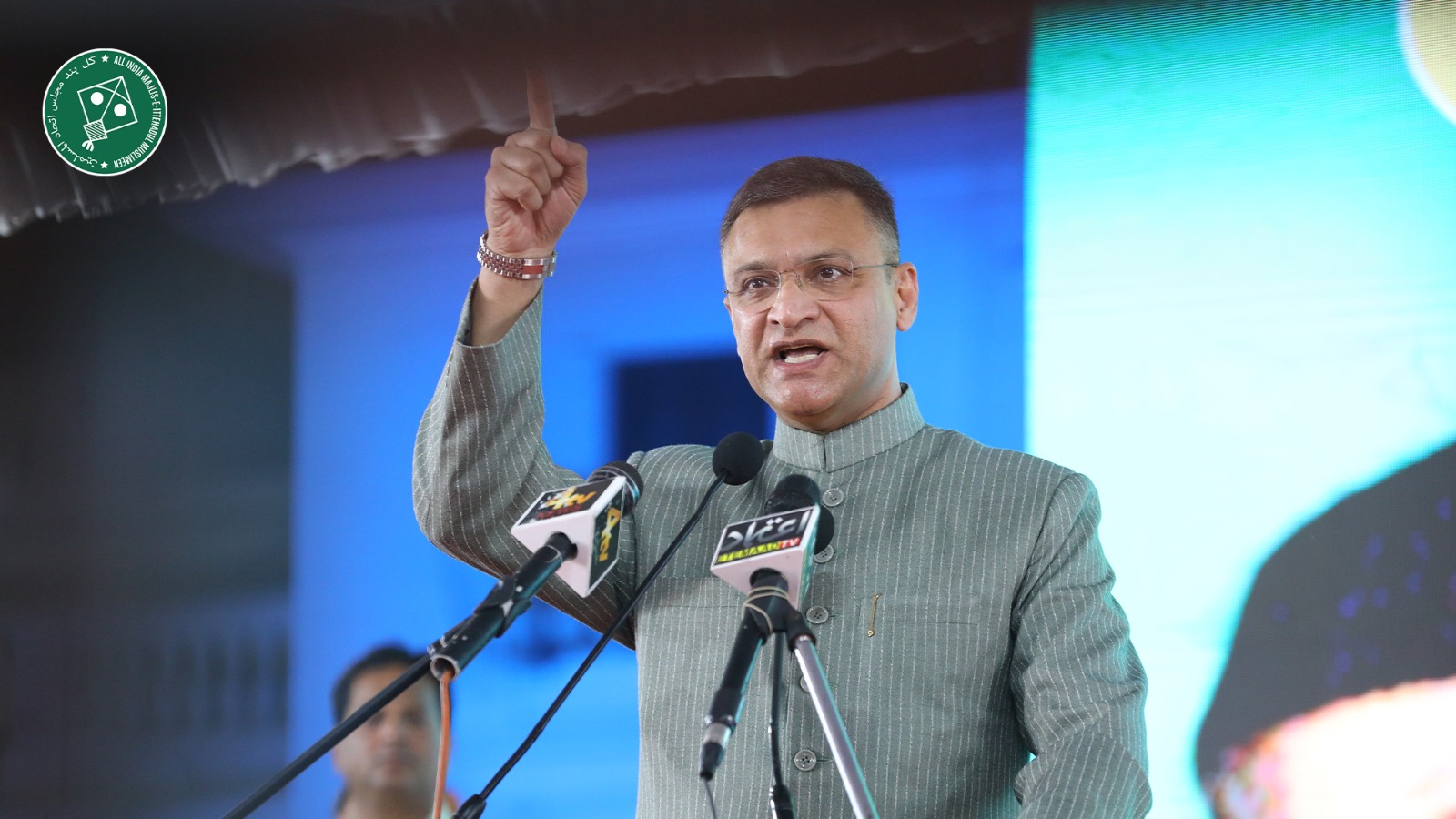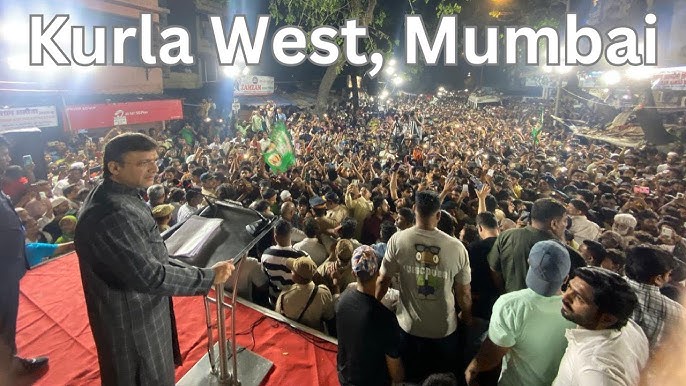KTR launches India's first Public Safety Integrated Operations and Data Centre
Thu 12 Nov 2020, 12:33:59
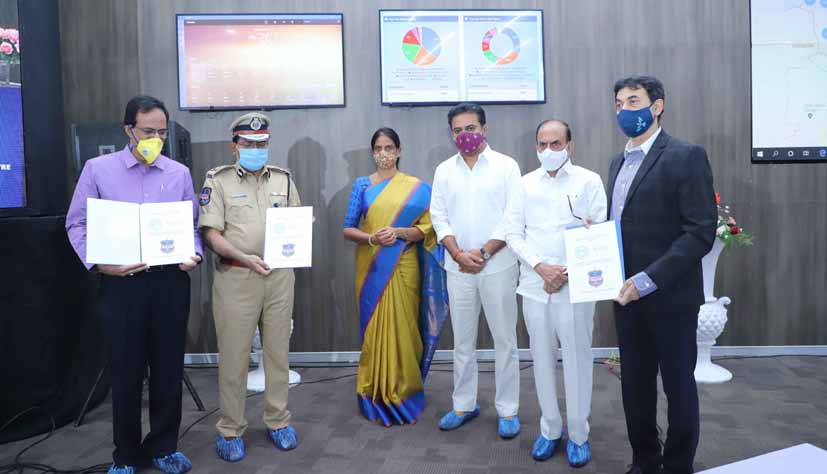
IT Minister KT Rama Rao on Wednesday suggested that the police use drones as first responders to reach the crime scene, with police personnel to follow next.
Speaking on women safety after launching the country’s first Public Safety Integrated Operations and Data Centre at the Cyberabad Police Commissionerate here, Rao said once a woman in distress pressed the SOS button, police drones should first reach the spot, suitably equipped with a camera and a blaring siren to warn the perpetrator of the crime.
Police officials could physically reach the spot as second responders, he said, adding that if necessary, the State police could take up the issue with the Directorate-General of Civil Aviation or the Central government and get permission for operating such drones in select areas.
Rao, quoting Home Minister Mohd Mahmood Ali that the response time for the police to reach the spot now after a ‘Dial 100’ call was five minutes, said drones could cut that response time down to one minute.
“It is imperative that we use cutting edge technology to remain proactive and not reactive,” he said, also calling for the training of police personnel as cyber warriors, since cybercrime was on the rise though the rate of other crimes was on the decline in the State.
The Minister pointed out that an MoU was signed on Wednesday between the Telangana Police and the Department of IT and IT Enabled Services to train the police force in cybersecurity.
The Minister also said the effective manner in which the Telangana Police maintained law and order in the State after its formation in 2014 had debunked all theories that law and order would go for a toss if statehood was granted to Telangana. On the contrary, the State had remained incident-free for the last six and a half years and was now a role model for other States on maintaining law and order effectively, he said.
Recalling the recent episode of Hyderabad Traffic constable G Babji running for nearly two kilometres to clear the way for an ambulance in the city, the Minister asked the police to come up with a mechanism to ensure an obstruction-free path for ambulances to reach hospital within the golden
hour.
hour.
The State has remained incident-free for the last six and a half years, thus becoming a role model for other States on how to maintain law and order effectively, IT Minister KT Rama Rao said here on Wednesday.
“Like many of you, I was born elsewhere and later came to the city for pursuing my eighth, ninth and tenth classes at St George’s Grammar School in Abids. I still vividly remember that we used to look forward for holidays for a week or 10 days every year without any expectations when I was 13 years. We used to get additional holidays for 10 days due to curfews imposed for various reasons,” he said, recalling his experience with respect to law and order in the erstwhile Andhra Pradesh.
“But I feel sorry for the children of today as the situation has changed and thanks to the Telangana Police, there have been no curfews or any communal tension in the city for the last six and a half years. Hyderabad is peaceful,” Rao said, adding that one should not forget the context in which Telangana was formed.
First of all, there was legacy of communal tension apart from the Maoist threat. Fears were galore over law and order issues if a separate Telangana was carved out, with even fabricated reports coming out that there would be regional conflicts on both local and non-local issues.
Some even expressed apprehensions about the future of Telangana and how it would attract industries and investments. Widespread propaganda was unleashed stating that some industries would pack their bags and leave the State. However, a politically stable government and effective policing has ensured that Telangana has so far been an incident-free State without any clashes.
The reason, Rao pointed out, was the firm decision taken by Chief Minister K Chandrashekhar Rao in 2014, sanctioning Rs 280 crore for improving equipment and infrastructure for the police apart from introducing an entirely new fleet of vehicles.
Interceptor vehicles replaced old vehicles and seven new Commissionerates were established in the State in addition to the existing two, while 100 new police stations were also set up, he added.
No Comments For This Post, Be first to write a Comment.
Most viewed from Hyderabad
Most viewed from World
AIMIM News
BJP-SP two sides of same coin: Asaduddin Owaisi
Nov 19, 2024
Latest Urdu News
Most Viewed
May 26, 2020
Do you think Devendra Fadnavis will be next CM of Maharashtra?
Latest Videos View All
Like Us
Home
About Us
Advertise With Us
All Polls
Epaper Archives
Privacy Policy
Contact Us
Download Etemaad App
© 2024 Etemaad Daily News, All Rights Reserved.

